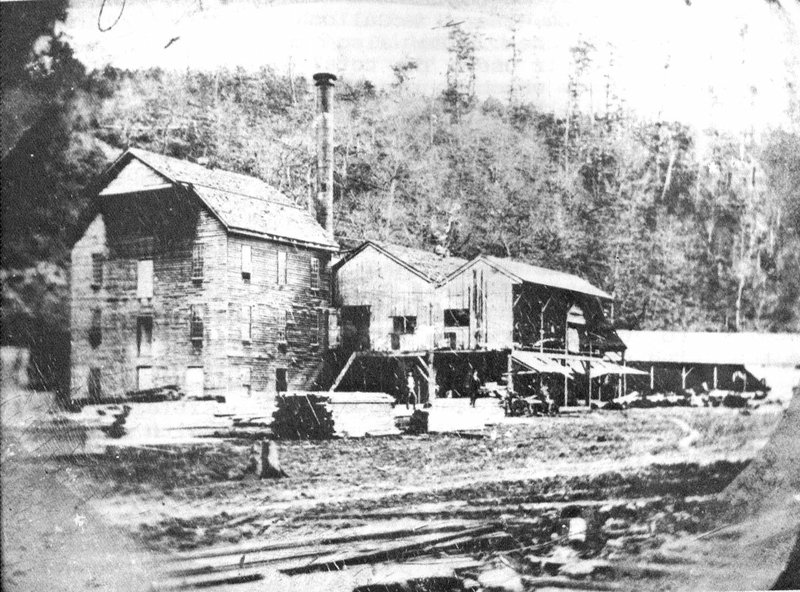Van Winkle Hollow, on the north fork of Little Clifty Creek in Benton County, was a bustling place in the 1880s.
"It was a major town with market activity," says Jamie Brandon, the University of Arkansas station archaeologist with the Arkansas Archeological Survey.
FAQ
Arkansas Archeology Month
With Jamie Brandon
WHEN — 7 p.m. Thursday
WHERE — Math-Science Building, University of Arkansas at Fort Smith
COST — Free
INFO — 788-7812
Today, the story of the town, its sawmill and its owner, Peter Van Winkle, are told through 13 interpretive signs placed along a developed trail leading to the town's remnants at Hobbs State Park east of Rogers.
When archaeologists first visited the site in 1997, the only parts of the town remaining above ground were steps leading to the Van Winkle family garden across the street from their house and one fly-wheel mount from the mill, Brandon says.
"And we had to hack through a jungle of briars to get to the structures," he adds with a laugh.
Brandon will speak about the archaeological evidence of the site at 7 p.m. Thursday at the University of Arkansas at Fort Smith. The findings of mapping, small digs and extensive excavations are highlighted in the trail signs.
"It was a big mill," Brandon says of Van Winkle's operation. "It was large and important, and it dominated the area.
"Van Winkle lumber was used to build Old Main," he continues. "The lumber rebuilt Fayetteville after it was burned in the Civil War. In the 1870s, it built railroad towns like Rogers and Eureka Springs."
Van Winkle's mill -- the first steam-powered mill in Arkansas, built in 1858 -- and his first home were burned during the war, says Steve Chrychel, an interpretive naturalist at Hobbs State Park -- Conservation Area. Van Winkle rebuilt a 150-horsepower mill in 1866 and his mansion in 1872, within a few feet of the mill.
Van Winkle died suddenly in 1882, and his son-in-law, J.A.C. Blackburn, bought the business, according to Rachel Whitaker, research library assistant at the Shiloh Museum of Ozark History in Springdale. By the 1890s, all the useable lumber in the area was gone, and the mill ceased operation completely in 1902.
Off and on over 13 years, archaeologists and students excavated the Van Winkle home and the blacksmith shop, where they discovered the site of the forge, and one determined student found the site of the anvil through soil sampling for iron castings, Chyrchel says. A post marks the site of the anvil, and stones mark the footprint of the blacksmith shop and other uncovered structures for visitors.
More interesting, however, were two quarters of which no pictures are known to exist -- a slave quarters dating to before the war and workers' quarters from after the war, probably occupied by the family of a freed slave, Aaron Anderson Van Winkle, Brandon says.
Brandon notes the difference found in artifacts from the slave quarters and the freedman's quarters. "He was spending a lot of money on children's toys," Brandon says of Aaron Van Winkle. "We found fragments from a cap pistol, fragments of alphabet plates, some children's rings and some marbles. It seemed like he wanted his kids to have a childhood -- one that he probably didn't have."
NAN What's Up on 03/11/2016
